
Dentistry has always embraced innovation. First came new instruments. Then new techniques. Now, the shift is digital.
Over the last decade, digital workflows and artificial intelligence (AI) in dentistry have gone from futuristic concepts to daily tools. At the center of this change is Dental Patient Management Software (DPMS).
DPMS is more than just a scheduling system. It is the backbone of a modern practice. It keeps patient data organized, simplifies communication, and supports better decision-making.
When implemented well, Dental Patient Management Software can turn a busy clinic into an efficient, patient-centered practice. Staff feel less stressed. Patients enjoy a smoother experience.
In this guide, we’ll cover what the software does, its benefits, the role of AI, and how to choose the right solution for your clinic.
Many dental practices still rely on outdated systems. Paper charts. Appointment books. Phone-based reminders.
These may feel familiar, but they slow things down and create risks:
In many regions, cost and training barriers keep clinics tied to these methods. But patients are already used to digital healthcare—online booking, instant messaging, and even telehealth. To stay competitive, clinics must adapt.
Dental Patient Management Software is a centralized digital hub that manages nearly every part of a dental practice.
It allows clinics to:
Modern platforms often go beyond the basics. They may include:
The goal is simple: make daily operations smoother and give teams more time to focus on patient care.

1. Electronic Dental Records (EDR)
A single, secure place for patient history, notes, X-rays, and clinical images. This reduces paper clutter and lowers the chance of errors.
2. Appointment Scheduling and Reminders
Patients can book online. Automated text and email reminders reduce no-shows and save staff hours of phone calls.
3. Treatment Planning Tools
Dentists can build step-by-step treatment plans and share them with patients. Visual aids and cost estimates make options easier to understand, improving acceptance.
4. Billing and Insurance
Keeps claims, invoices, and payment records in one place. Many systems also allow online payments, improving collection rates.
5. Patient Education Modules
Videos, infographics, and animations explain diagnoses and treatments in simple terms. Informed patients are more likely to follow through on care.
6. AI-Powered Diagnostics
Machine learning analyzes X-rays and flags possible problems, such as cavities or bone loss, before they become obvious to the naked eye.
Increased Efficiency
Digital tools save hours of administrative work each week. Staff spend less time on data entry and more time on patient care.
Better Patient Engagement
Patient portals provide 24/7 access to treatment plans, education, and communication with the clinic. This builds trust and long-term relationships.
Stronger Clinical Decisions
AI-driven insights help dentists spot problems early and create more accurate treatment plans.
Accurate, Accessible Records
Cloud-based systems keep data secure and easy to access across locations. Lost charts and misplaced files become a thing of the past.
AI is no longer just a buzzword. It is becoming essential in dentistry.
Real-World Examples of AI in Dentistry
These companies show how AI reduces the workload for dental teams and delivers faster, more accurate care for patients.
Challenges to Implementation
Adopting Dental Patient Management Software can be challenging.
The best solution is gradual adoption. Start with scheduling and records. Then add billing, portals, and AI features over time. Training and support make the transition smoother.
Choosing the Right Dental Patient Management Software
When comparing systems, ask these questions:
Always request a demo. Have your team test the software and give feedback before making a decision.
Future Trends in Dental Practice Management
Technology will continue to reshape dentistry. Expect to see:
Key Takeaways
scanO is an AI ecosystem transforming oral health for patients, dentists, corporates, and insurers worldwide

© 2025 Trismus Healthcare Technologies Pvt Ltd